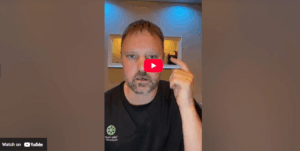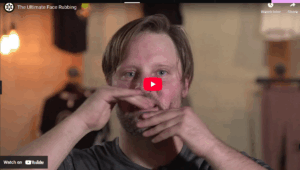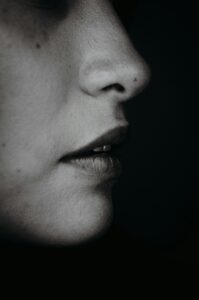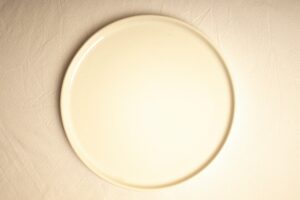Acute, or Inflammatory Phase (48 hours to 72 hours)
The inflammatory phase begins immediately following your injury and is characterized by swelling, redness, and pain. Your body is dissolving blood elements and tissue debris. Often time pain leads to muscle spasms creating a pain spasm loop.
Reparative Stage-Post Acute (48hrs to 6 weeks)
At this stage your body is laying down fibrin collagen and fibroblasts to begin repairing the area. There is some redness, tenderness and a decrease in circulation and flexibility. It is during this time that your body is doing all it can to protect the affected area. This sense of guarding can echo into your mental state as well – many people tend to hole up in their homes to heal in private.
At Valley Health we encourage you to get out and move as soon as you are able – and what better incentive to do so than coming in for a healing, calming, therapeutic appointment? Our clients say how helpful and positive it is to have a reason to leave the house for compassionate, focused care. It’s easy to forget how powerful human touch can be, and welcoming into your recovery. It changes your journey from a solo expedition into a team effort.
Remodeling and Rehabilitation Phase (3 week to 12 months)
Your body transitions into this second phase of repair. The body has fibrous deposition (scar tissue) and possible chronic inflammatiory reaction. To remodel is to grow by rapid production, and that is exactly what your body is going through during this stage. The visible signs of inflammation will subside, and new tissue forms. This new tissue is fragile, and susceptible to injury.
It is during this phase that people feel like their mind is ready for them to be better, but their body is lagging behind. Oftentimes, remaining bruising and limited range of motion can bring about a sense of depression.
“Can I get back to work? What about exercise?”
“Is this my final result?”
“I thought I’d be better by now.”
The fear that tends to arise during this phase of healing can cause you to guard the area even further. You may be scared to move too much, and this anxiety can cause you to lock down and stay still in order to protect yourself. This fragile new tissue, however, is susceptible to more than just injury – it is also susceptible to stagnancy, and restricting movement can form adhesions. These adhesions can limit range of motion when movement is eventually reintroduced, so appropriate mobilization of the tissue during this stage is important.
The benefit of working with your acupuncturist lies in their knowledge of what will and won’t be best for you. Some people close down, and we remind them to get out and move. Some people push themselves too far too fast, and we remind them to slow down and allow themselves to heal. Your greatest benefit lies in getting answers to your questions, and support to get through your fears and anxieties.
Chronic, or Restorative Phase (Months to Years)
This phase can continue for a period from several months to several years. It is during this stage that there is no pain but the tissues do not function normally. Often time there is stiffness, muscle tightness some aching and weakness.
Your mind may continue to receive confusing messages from your body based on the memory of the trauma. Even when the body has fully healed, the alarm in your brain may still be turned on, and your body can continue working to heal the area of trauma. It is during this stage that these tissues may become stuck – your pain goes away, but you can be left with persisting symptoms that limit your range of motion and aggravate your mental well-being. This is when many people question when, or even if, they will ever be “back to normal.”
The answer to that question has a caveat – your body is different now. Your skin, muscles, and sometimes even your bones are all in new places, in positions they have never been before. Because of this, “back to normal” really translates to “discovering your new normal.”
Helping you discover your new normal is your acupuncturist primary goal. Remodeling can be difficult to push through, but much like the final few miles of a marathon, the support of your acupuncturist combined with your own awareness and strength will get you past the finish line.
Health Maintenance
Once you have passed through these four phases of healing, you once again have the freedom that comes with good health and well-being. You also gain the opportunity of choice when it comes to maintaining this health and well-being.
Oftentimes, our clients choose to transition into receiving health maintenance treatments – regular tune-ups to keep their bodies in a place of wellness. Other clients come in and out of receiving further treatments by returning to valley Health when new injuries arise. Some simply continue moving forward, content with their newfound independence and imbued, freshly healed spirit. Whatever your choice the door is always open, and allies in healing will always be here for you, through all the seasons of your life.
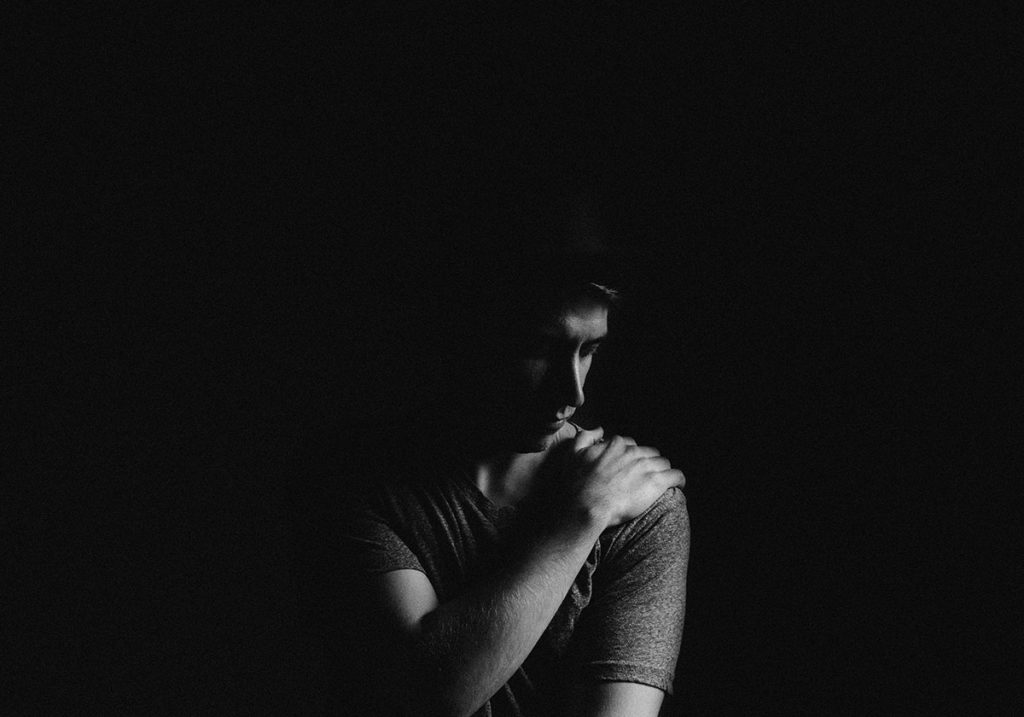
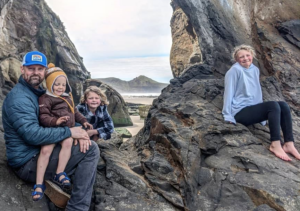 Willard Sheppy is a writer and healthcare practitioner who seamlessly melds scientific knowledge with practical applications in engaging and authoritative articles. He holds a Bachelor of Science in Environmental Science from Oregon State University and a Master’s in Acupuncture and Oriental Medicine from the distinguished Oregon College of Oriental Medicine.
Willard Sheppy is a writer and healthcare practitioner who seamlessly melds scientific knowledge with practical applications in engaging and authoritative articles. He holds a Bachelor of Science in Environmental Science from Oregon State University and a Master’s in Acupuncture and Oriental Medicine from the distinguished Oregon College of Oriental Medicine.